
In the second half of the 20th century, as classic film noir became history, I often associate the rise of today’s neo-noir closely with the release of Roman Polanski’s Chinatown (1974). Even though it’s a neo-noir (created after the 1940s and 50s) Chinatown fulfills everything one would hope to see in a noir film. The film’s post WW2 Los Angeles looks warm and hardboiled, everything about it is captivating down to the young Jack Nicholson who blends right into the mise en scene as private detective J.J. Gittes. However, towards the beginning of the film, Gittes gets his nose split open by a knife. After this we spend nearly half the movie staring at a giant bandage covering Gittes’ nose and practically half his face, bothering us viewing the movie nearly as much as it bothers Gittes. By the 21st century, this tendency to visibly scar an anti-hero has become a common element in many neo-noir films. Why is that? Why would a character who relies on association with the audience be portrayed with scars and bruises in a less-than-ideal manner, and why is this a tendency for neo-noir?
First, to answer this question it’s important to classify exactly what makes noir and neo-noir two sides of the same coin. Each involves an anti-hero who’s involved with bleak situations that often involve trouble with the law. In Fight Club (Fincher, 1999), the film’s narrator and his close friend Tyler Durden get involved with illegal activity and each have a set of scars at the end to show for it. At one point Tyler Durden starts fighting the narrator for no particular reason. When asked for a reason, Durden explains “How much can you know about yourself, you’ve never been in a fight? I don’t want to die without any scars.” Linked to the image of an injury is experience. Quint and Hooper even make a competition of it in Jaws (Spielberg, 1975) as they compare scars to see who’s tougher. Every neo-noir antihero is going to say that they’ve seen a lot, and they’ll wear the scars as a badge of the hard-boiled to show it.
Exterior injuries can mean even more than the stereotypical machismo of noir and neo-noir. In Chinatown, Gittes does a lot of sneaking around and his injury is a direct result of it. Right before his nose is cut he’s asked “Do you know what happens to nosey fellas? They lose their noses.” It’s only appropriate that someone who sticks his nose too far in other people’s business would almost lose it. In Mad Detective (To, Wai, 2007) a schizophrenic detective can see other people’s personality traits portrayed as different characters for each trait. Early on in the film he gets bashed in the head and has a bandage wrapped around his forehead, symbolizing the fragile state of his mind as his ex-wife begins appearing as one of his imaginary characters. At the end of Blade Runner (Scott, 1982) replicant hunter Rick Deckard symbolically gets two of his fingers broken by replicant Roy Batty, one for each of his friends he’d killed. Symbolic wounds aren’t exclusively for lead noir characters either. In Mystic River (Eastwood, 2003), daughter of “reformed” gangster Jimmy Markum is killed. Dave Boyle, a friend who’s a prime suspect for the murder is often seen with dried blood remnants on his hands. This not only symbolizes his suspicious status to Jimmy but also his tattered past of being abducted and abused as a child.

Just as neo-noir injuries aren’t exclusively for anti-heroes, they also aren’t exclusive to the serious noir tone. It’s sometimes used as comedic relief with a character who’s clumsy or can’t catch a break. In Looper (Johnson, 2012) Kid Blue is a careless gunman who accidentally shot himself in the foot. He becomes obsessed with finding the main character and proving himself to his authorities, regaining whatever dignity he lost. The result is the main character escapes his grasp, and he accidentally shoots his other foot.
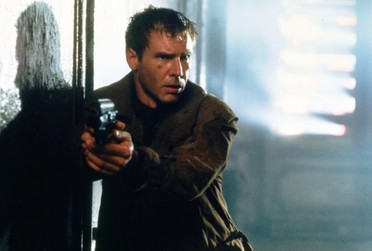
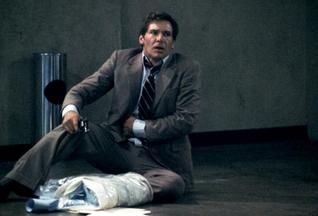

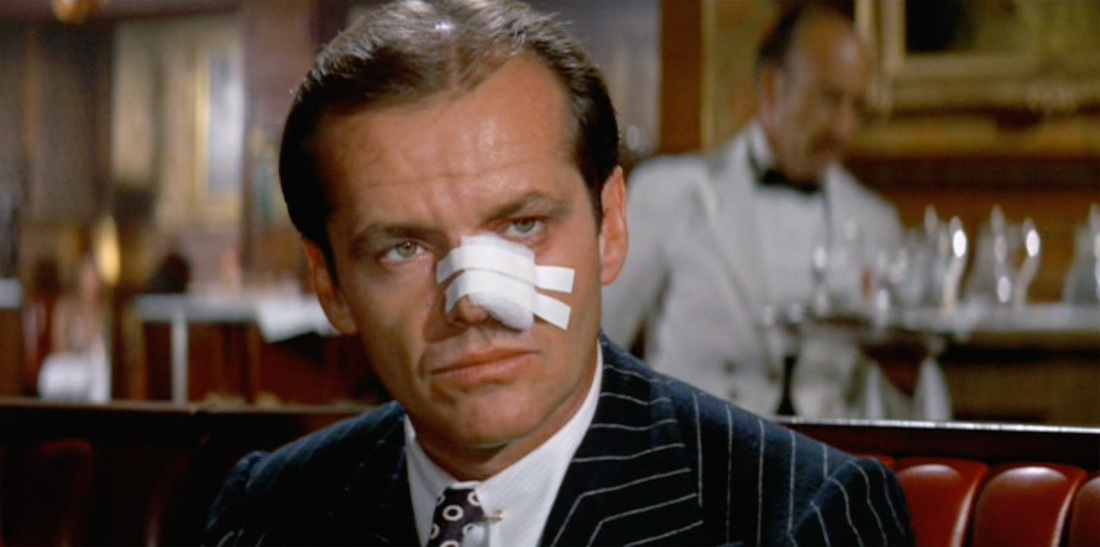
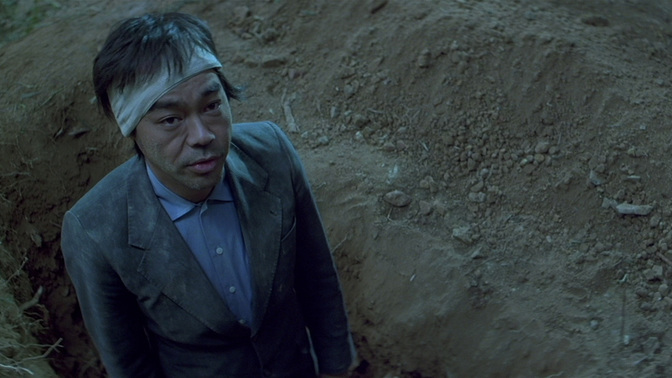
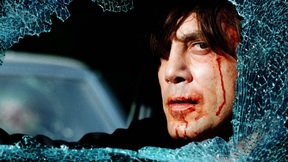
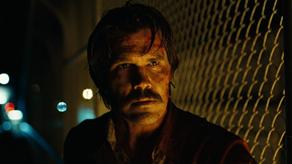

 RSS Feed
RSS Feed
